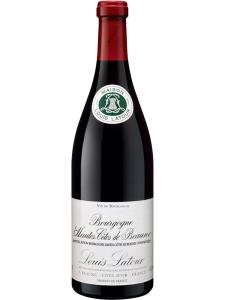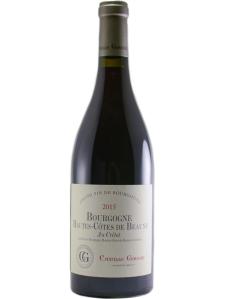Bourgogne Hautes Cotes de Beaune is the appellation for red, white and rose wines produced from vineyards on the hautes cotes (high slopes) of the southern Cote d'Or. Created in 1961, it is clearly distinguished from the more-prestigious vineyards located on the mid-slopes below, which fall under the 18 communal and eight Grand Cru appellations of the Cote de Beaune.
© Wikimedia/Nikater
The majority of Hautes Cotes wines are red, made predominantly from Pinot Noir. Chardonnay is most commonly used grape for white wines, which account for 20% of the appellation's output. Rose (or clairet) wines are produced from Pinot Noir and form only a fraction of total production.
The terroir of the Hautes Cotes, particularly the climate, differs noticeably from that of the lower slopes to the east. The higher altitude of the vineyards (920–1800ft/280–550m) means that the grapes sometimes struggle to ripen fully, leading to less richly flavored, less-complex wines. To minimize the impact of this cooler climate, the Hautes Cotes vineyards are most often planted on south- and west-facing slopes which benefit from maximum exposure to the sun's warmest rays. In terms of soil make-up, the vines here are largely planted on sites with marlstone sub-strata, rather than the chalky soils which dominate the lower slopes. That said, there are clear outcrops of bright white limestone in various places, marked out by the quarries which dot the landscape.
The Bourgogne Hautes Cotes de Beaune appellation covers roughly 1975 acres (800ha), spread across 30 communes and producing just under five million bottles every vintage.
The corresponding appellation for the northern half of the Cote d'Or is, unsurprisingly, Bourgogne Hautes Cotes de Nuits. The dividing line between these two viticultural areas is the village of Magny-les-Villers, below the northern slopes of the Montagne de Corton.




